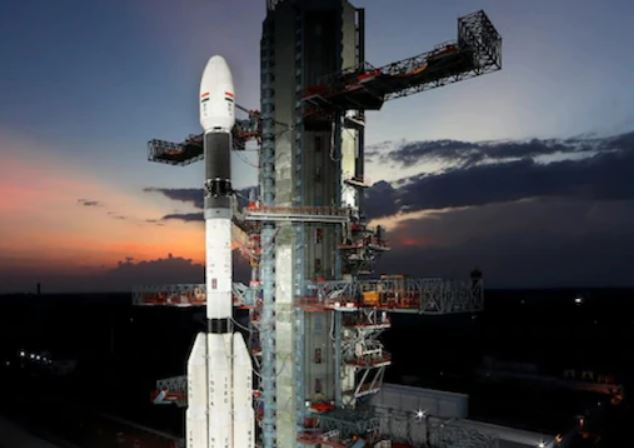The second mission of the Indian Space Research Organisation to place a GISAT-1 earth observation satellite EOS-03 into its orbit by a GSLV rocket could not be accomplished fully because of a performance anomaly in the cryogenic stage of the rocket, said the space agency on Thursday.
In an official statement, the ISRO has said that the performance of the first and second stages was normal. The mission could not be accomplished as Intended as cryogenic upper stage ignition did not happen due to a technical anomaly.
Union minister of state, in charge of the Department of Space, Jitendra Singh said that the Indian Space Research Organisation (Isro) satellite mission can be rescheduled sometime later again.
Regarding the snag, the minister spoke to ISRO chairperson Dr. K Sivan and discuss the matter in detail. He said that the first two stages went off fine, only after that, there was a difficulty in the cryogenic upper stage ignition.
The satellite was meant for quick monitoring of natural disasters such as cloudbursts, cyclones, and thunderstorms. After a 26-hour countdown, it was lifted off on a Geosynchronous Satellite Launch Vehicle (GSLV) from the Satish Dhawan Space Centre in Sriharikota at 5.43 am today.
However, later it was announced in the Mission Control Centre by the Range Operations Director that the mission failed. At the time of launch, the ISRO had said that a 4-metre diameter Ogive-shaped payload fairing is being flown for the first time in this GSLV flight. This is the fourteenth flight of GSLV,
Meanwhile, the launch was originally planned in April or May but got delayed owing to the second wave of the Covid-19 pandemic. After the Chandrayaan-2 moon mission spacecraft in 2019, it was the second flight for the GSLV Mk III.

